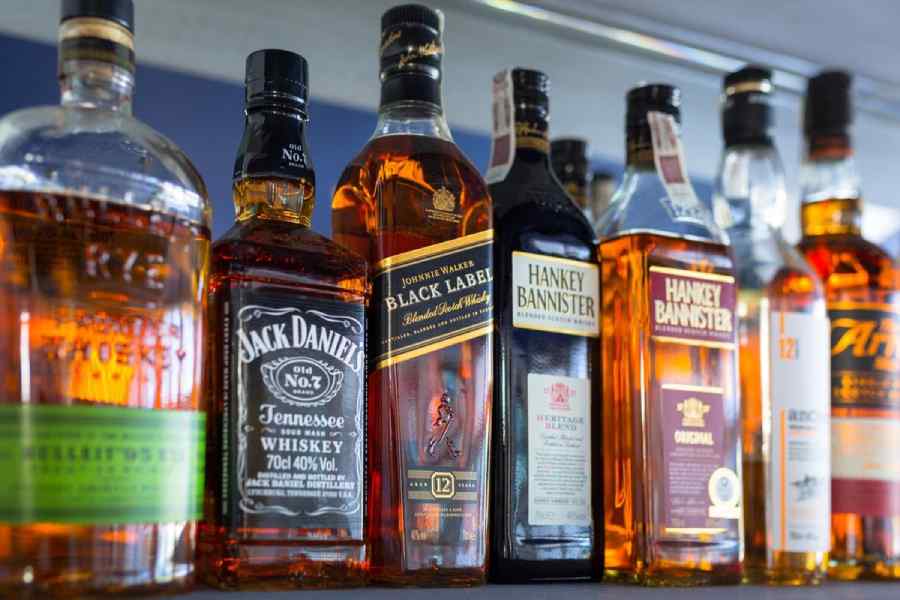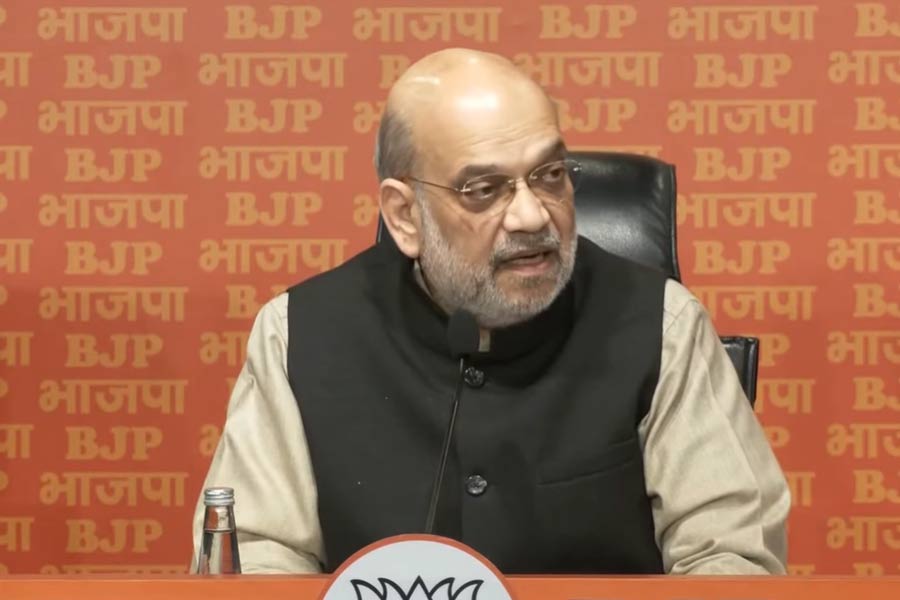India’s alcoholic beverages market size of $52.4 billion is estimated to touch $64 billion by 2030, industry body International Spirits and Wines Association of India said on Wednesday.
The association has representation from Bacardi, Beam Suntory, Brown Forman, Campari Group, Diageo-United Spirits, Moët Hennessy, Pernod Ricard and William Grant & Sons. A report released by the association in the presence of G20 sherpa Amitabh Kant on Wednesday estimated India’s current alcobev market at roughly 2 per cent of the country’s nominal GDP in 2021.
A statement from ISWAI said that in fiscal year 2021, the industry contributed a significant Rs 2.4 lakh crore in indirect taxes to the state government. Customs duty collected on alcoholic beverages was Rs 2,400 crore.
About 14-19 per cent of the overall revenue of the organised food and beverage industry are dependent on Rs 28,000 crore sales of alcoholic beverages. Around 79 lakh individuals are engaged both directly and indirectly in the sector.
“The importance of the alcohol industry in India is poised to expand. Therefore, it is crucial to simplify operational complexities, enhance ease of doing business and unlock its full potential for growth,” said Nita Kapoor, CEO, ISWAI.
“Beyond its substantial tax contributions, the industry plays a vital role in supporting farmers’ livelihoods. It is also intricately linked to the food and beverage, hospitality, tourism and packaging sector. With India’s demographic shift, the growth of the young and expanding middle class is projected to persist for several more decades, driving an increase in per capita consumption of various goods and services,” said Suresh Menon, secretary general, ISWAI.
Rise in the number of consumers in the legal drinking age, growing affluence are among the key growth drivers.











